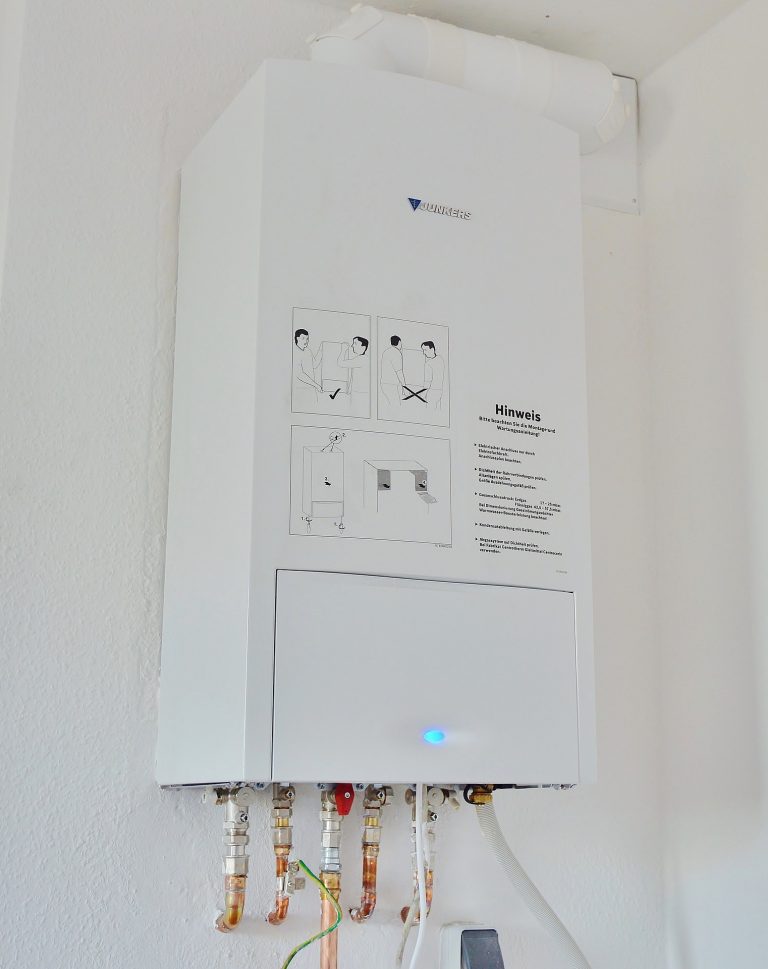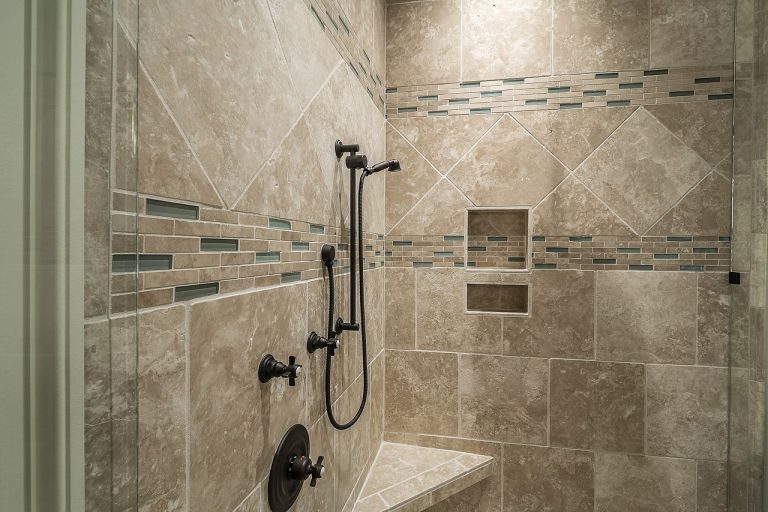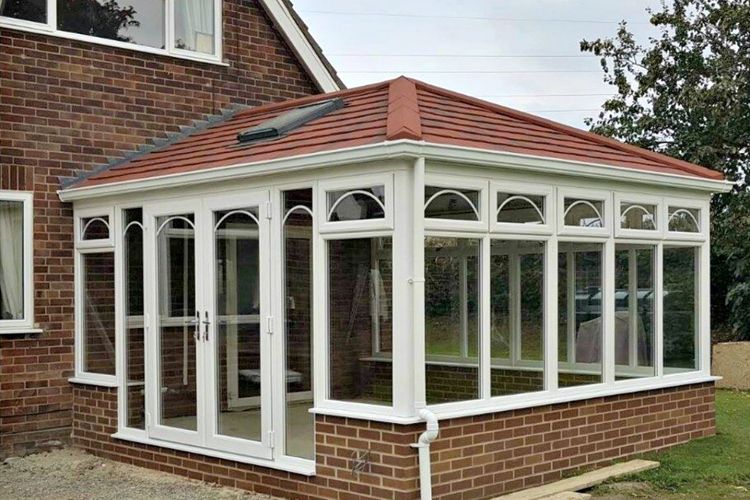From reviewing your energy tariff to cutting the amount of gas and electricity you use, our advice will help you to save money and make your home more comfortable.
Some of our top tips take no longer than a few minutes – so you can get started on cutting your energy bill today.
Keep reading to find out how making several smaller changes can add up to big annual savings.
1. Review your energy bill for small savings
Cheap energy deals have disappeared over the last several months so for most people, it’s not a good time to switch energy provider.
If you haven’t switched your supplier or tariff recently, or were moved to a new provider when yours closed, you’ll probably be paying out-of-contract rates (also known as a variable or default tariff). Historically, these haven’t been very good value, but they’re now among the cheapest tariffs so it’s worth staying put for the moment.
Very few, if any, suppliers are currently offering fixed tariffs worth swapping to. Fixing a deal does come with a set period of price security – but you’ll pay a premium for it. However, given that prices will be rising again when the October price cap comes into effect, it’s worth keeping an eye out in case your provider does advertise a fixed deal that would suit you.
The price cap on out-of-contract tariffs rose by 54% for a typical user (based on Ofgem’s calculation) on 1 April 2022. That means the majority of households in the country are now facing much larger energy bills than they’re used to.
2. Choose energy efficient appliances to save up to £425
If you’re replacing an appliance, you can cut your electricity bills by choosing the most energy-efficient model. For example, depending on size, washing machine running costs can vary from £15 to £70 a year. See our guide to energy efficient washing machines to find out more.
The most obvious indication of a product’s energy efficiency is its EU energy-efficiency rating. But we test energy consumption in a way that reflects how you actually use different appliances, so we can more accurately tell you which ones use less energy.
For example, we test washing machines on the 40°C cottons program most commonly used by Which? members, while the EU Energy Label tests are 60% based on the 60°C cottons program.
Our lab tests reveal the annual running costs for every large appliance. Use the results to find out how much appliances cost to run, and which ones will be the cheapest.
Read more about how to choose an energy efficient appliance and start to making savings with your next purchase.
How much money energy-efficient appliances can save you per year:
- Fridge Freezer – £138
- Tumble dryer – £137
- Washing machine – £69
- Dishwasher – £44
- Built-in oven – £37
These are the maximum savings based on the difference between the highest and lowest annual running costs from Which? product tests.
3. Get a new boiler:
How much you can save depends on the efficiency of the boiler you are replacing and the property size and type. For example, replacing a 70%-efficient combi boiler in a flat with a 90% or higher one would save you around £150 on your yearly gas bill. A similar combi boiler replacement in a detached house could save you up to £580.
Here is a quick overview of what you can get if you replace your old combi boiler before winter arrives:
- You can save up to £580 on yearly energy bills
- Improve your home’s energy efficiency by up to 30%
- Increase your property’s value
- Improve safety (by preventing dangerous gas leaks, such as carbon monoxide)
In addition, gas boilers won’t be around forever so if you’re looking to the future, consider renewable heating systems such as air source heat pumps.
4. Replace light bulbs to save £180
Energy-saving light bulbs can help you to cut your energy bills easily. An LED light bulb costs around £1.71 a year to run. Over its lifetime, it could cut around £180 from your energy bills, compared with an old-style bulb.
Remember, energy-saving light bulbs last longer than traditional ones.
Light bulb costs compared
| Type | Lifetime | Annual running cost* |
|---|---|---|
| Halogen | 2,000 hours (around 2 years) | £8.42 |
| CFL | 10,000 hours (10 years) | £2.04 |
| LED | 25,000 hours (25 years) | £1.71 |
5. Install and use central heating controls and save £75
Heating controls should let you:
- Set your heating and hot water to turn on and off to suit you
- Heat only the parts of your home that need it
- Set different temperatures for different areas of your home
- Keep your home at a temperature that’s comfortable, without wasting heat.
If you only have one thermostat for the whole house, each degree you turn it up will increase your heating bill by around 10%, according to the Energy Saving Trust. So put on a jumper before you turn up the heating.
6. Smart thermostats
A smart thermostat is a device that connects your boiler and heating system to the internet, allowing you to control your heating remotely from your mobile phone or laptop. So long as you have internet access, you can control the temperature, turn your boiler on and off and schedule it to come on when you like- all from wherever you are. They are also capable of learning your routine and controlling your heating around it.
7. Find out if you could get energy efficiency grants or free cash
Energy schemes and grants are available to help pay your energy bills or to support you with the costs of renewable heating. The include:
- Warm Home Discount – £140 (increasing to £150 in October 2022) mainly to pensioners and those who get certain benefits
- Winter Fuel Payment – £250 – £600 per winter for those born before 26 September 1955
- Boiler Upgrade scheme (launched in May 2022) – up to £5,000 to replace your current gas or oil heating with low-carbon heating.
Find out what home energy grants you’re eligible for.


